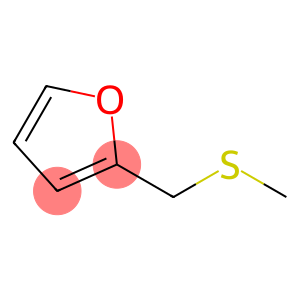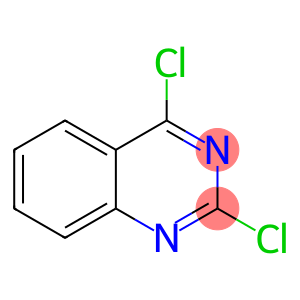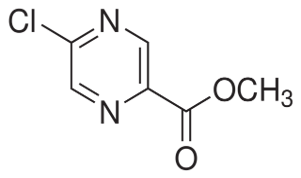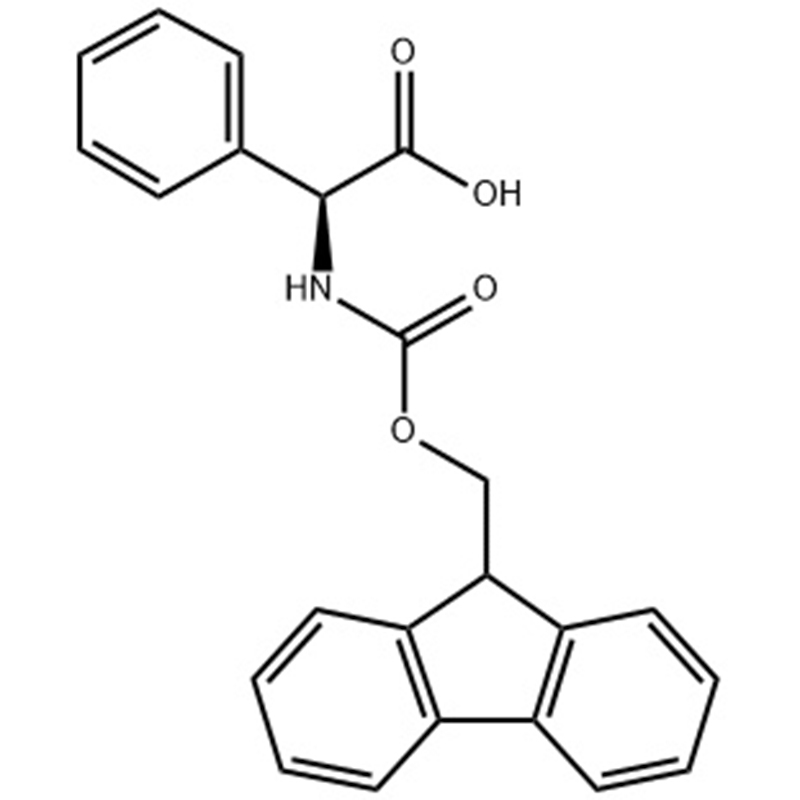2-Methoxy-4-nitroaniline(CAS#97-52-9)
| Risk Codes | R22 – Harmful if swallowed R36/37/38 – Irritating to eyes, respiratory system and skin. R20/21/22 – Harmful by inhalation, in contact with skin and if swallowed. |
| Safety Description | S26 – In case of contact with eyes, rinse immediately with plenty of water and seek medical advice. S37/39 – Wear suitable gloves and eye/face protection S36/37 – Wear suitable protective clothing and gloves. |
| UN IDs | UN 3077 9 / PGIII |
| WGK Germany | 2 |
| RTECS | BZ7170000 |
| TSCA | Yes |
| HS Code | 29222900 |
| Hazard Note | Irritant |
Introduction
2-Methoxy-4-nitroaniline is an organic compound. The following is an introduction to its properties, uses, manufacturing methods and safety information:
Quality:
- Appearance: 2-Methoxy-4-nitroaniline is a yellow crystal or crystalline powder.
- Solubility: It is slightly soluble in ethanol and ether and almost insoluble in water.
- Stability: 2-Methoxy-4-nitroaniline is relatively stable at room temperature, but when exposed to sunlight or high temperatures, it will decompose to produce toxic gases.
Use:
- Explosives: in the presence of their nitro group, 2-methoxy-4-nitroaniline can also be used in the preparation of explosives. However, it is highly sensitive and dangerous, so it must be handled with care.
Method:
- 2-Methoxy-4-nitroaniline can be prepared by nitrification of para-formaniline. Formaniline is dissolved in concentrated sulfuric acid, then concentrated nitric acid is gradually added and cooled, and finally the product is separated.
Safety Information:
- Toxicity: 2-Methoxy-4-nitroaniline is a toxic substance that can cause toxic reactions if inhaled, ingested, or in contact with the skin.
- Fire Hazard: 2-Methoxy-4-nitroaniline has a high explosion hazard and contact with combustibles, oxidants or flammable materials should be avoided.
- Other safety precautions: When handling 2-methoxy-4-nitroaniline, appropriate protective equipment such as gloves, goggles, and protective clothing need to be worn. Care should be taken during the procedure to prevent the release of toxic gases and to avoid contact with eyes, skin and respiratory tract. Pay attention to ventilation at room temperature and keep away from fire when using and storing.








